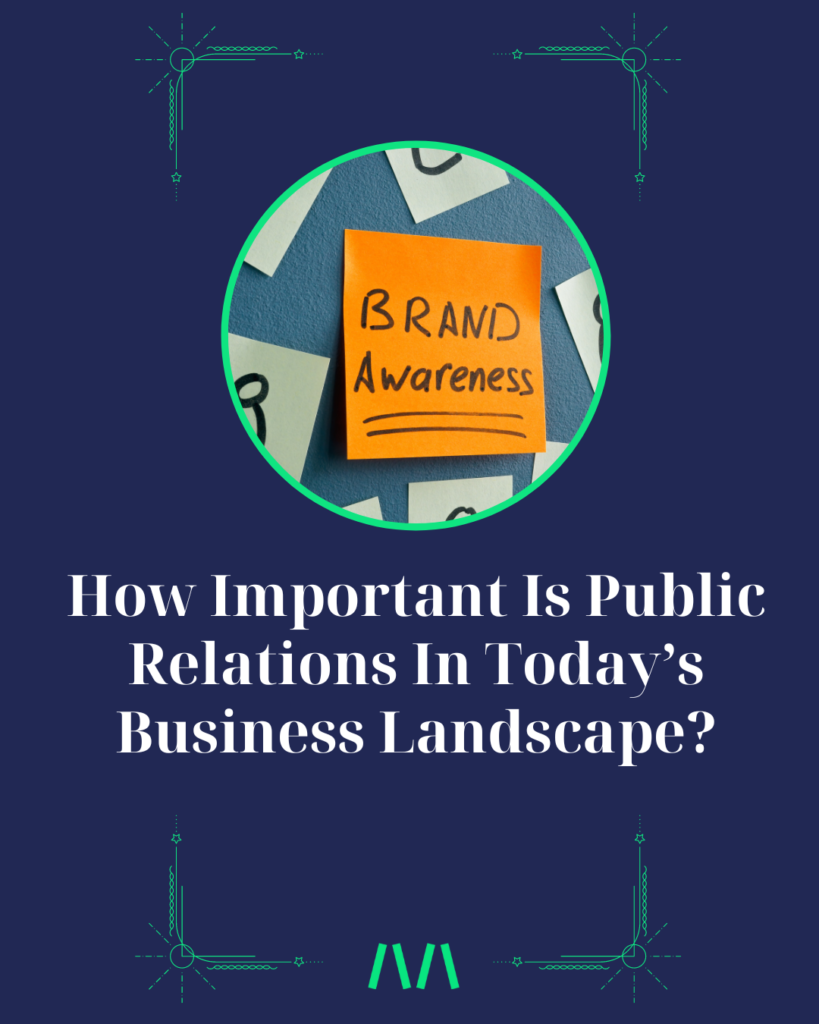What’s your definition of resilience?
Written by Eleanor WillockA scroll through my feed shows me stories of strength, of challenges overcome, of self-belief rejuvenated by a goal achieved or a dream realised. People talk about resilience a lot, and it got me thinking, what does resilience mean to me and to our business?
I always thought that resilience was the amount of blows you can take before you crack, but it’s actually one’s capacity to recover quickly from big, unusual or tough events.
It’s got me thinking about what resilience should actually mean. We’ve just, for example, taken on three new clients in three months, which is a big event for any agency. That’s taken a bit of resilience, and some careful planning.
I’m reading A Thousand Splendid Suns by Khalid Hosseini, a terrifically moving story about the resilience of women over three decades in Afghanistan, a masterpiece in the storytelling of resilience and how it makes one feel. It’s fiction, but no doubt lived large by many.
I’ve realised that I find it hard to apply the concept of business resilience unless it’s completely interlinked with the personal involvements of staff and stakeholders in the timeline of a crisis or unexpected event (there’s very definitely a difference between those two things, and how a business should react). Surely, a business itself can’t be resilient all on its own, regardless of its systems?
Last month we had James Cassidy, owner of Oakas, to speak to our team about his work as part of our monthly learning scheme. James is, I think, addicted to resilience. As I listened to him talk about his distinguished military background (I don’t think many people have been a paratrooper and a commando), I realised that organisational resilience can only be built by people who are resilient themselves.
You can’t train resilience, I don’t think. You are resilient by nature, and you use it as a core skill. Therefore, businesses, countries, governments or products can be either resilient, or brittle and sensitive by nature too. They need resilient people to drive them through hard times, and that should be recognised in hiring and development plans.
James has taken his experience of planning and executing the most high-stakes resilience planning there could be in a military and civil safeguarding context and made it work for him and his clients, planning crisis response and reacting to uncertainty. James’ company, Oakas, works with organisations such as NATO and the EU to develop resilience strategies, and with private businesses, using the same thought processes.
He characterises business resilience as an organisation that continues to make a profit and protect its reputation by understanding the inevitability of change. I believe this is something that inspiring people, not workable processes, drives. It’s made me look at our business, and think about the structure of our clients and how we can help, with totally fresh eyes.
James is so addicted to resilience that he is a volunteer for the Devon RNLI on a very ‘tasty’ (as he would say) stretch of coast. He’s someone who has taken his personal preference for operating in an uncompromising environment at work and used it for immense good, away from his day to day work, and I found that so inspiring.
Hopefully, anybody who has worked with me knows I love a good crisis and enjoy the pace and responsibility of managing them, but, I honestly found the anecdotal experiences James bought to our meeting almost too much to get my head around at first.
How exactly does one help a whole Country’s military forces develop resilience to attack from a larger, more powerful nation? How could I play a part in bringing local government, police and emergency services, transport, utilities and business together in planning for a response to a terrorist attack in a major city?
You take your own natural toughness, and your ability to lead, and inspire, and direct, and defer, and delegate, and you take it out to those who need it, and stay present. That’s my new definition of resilience.



